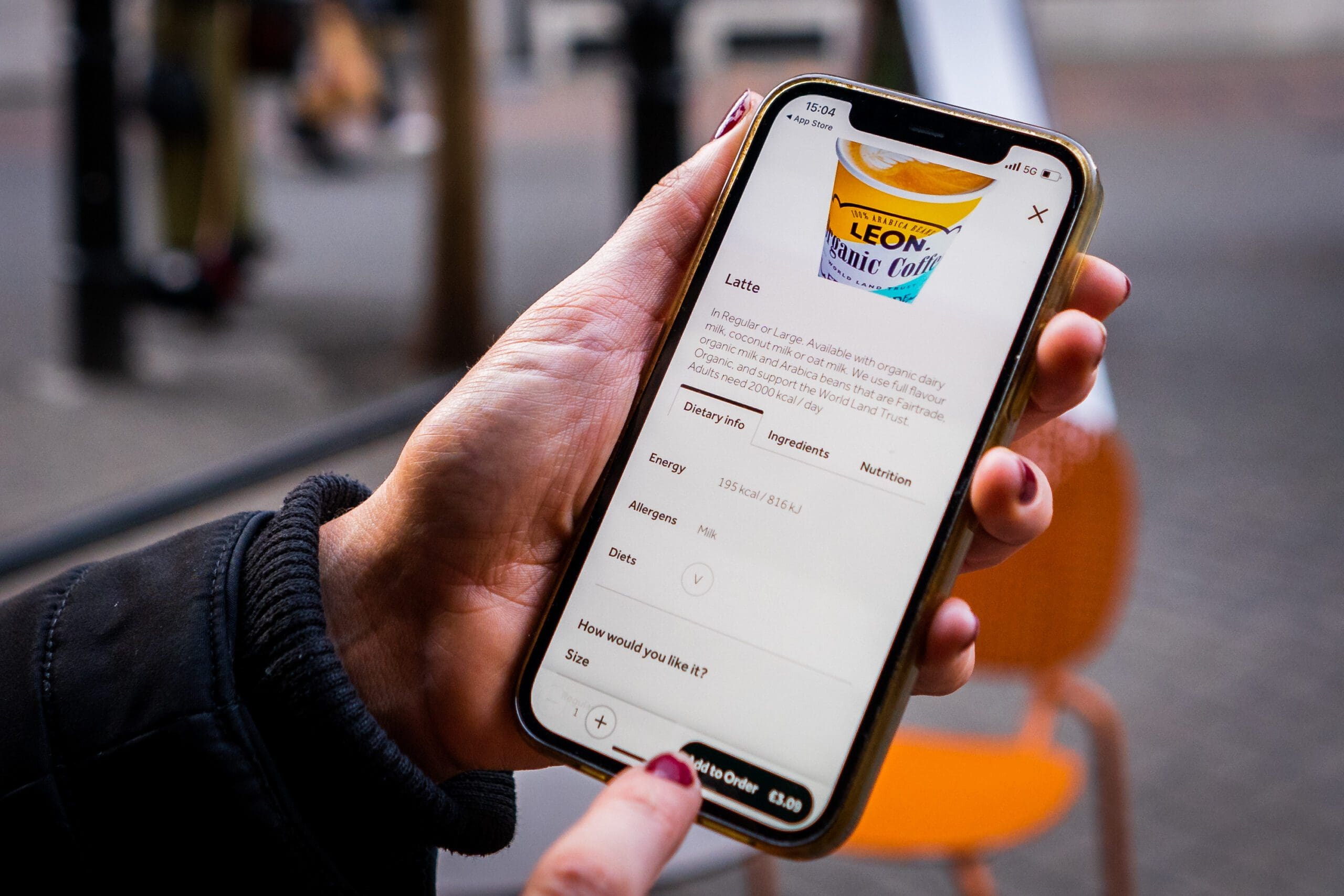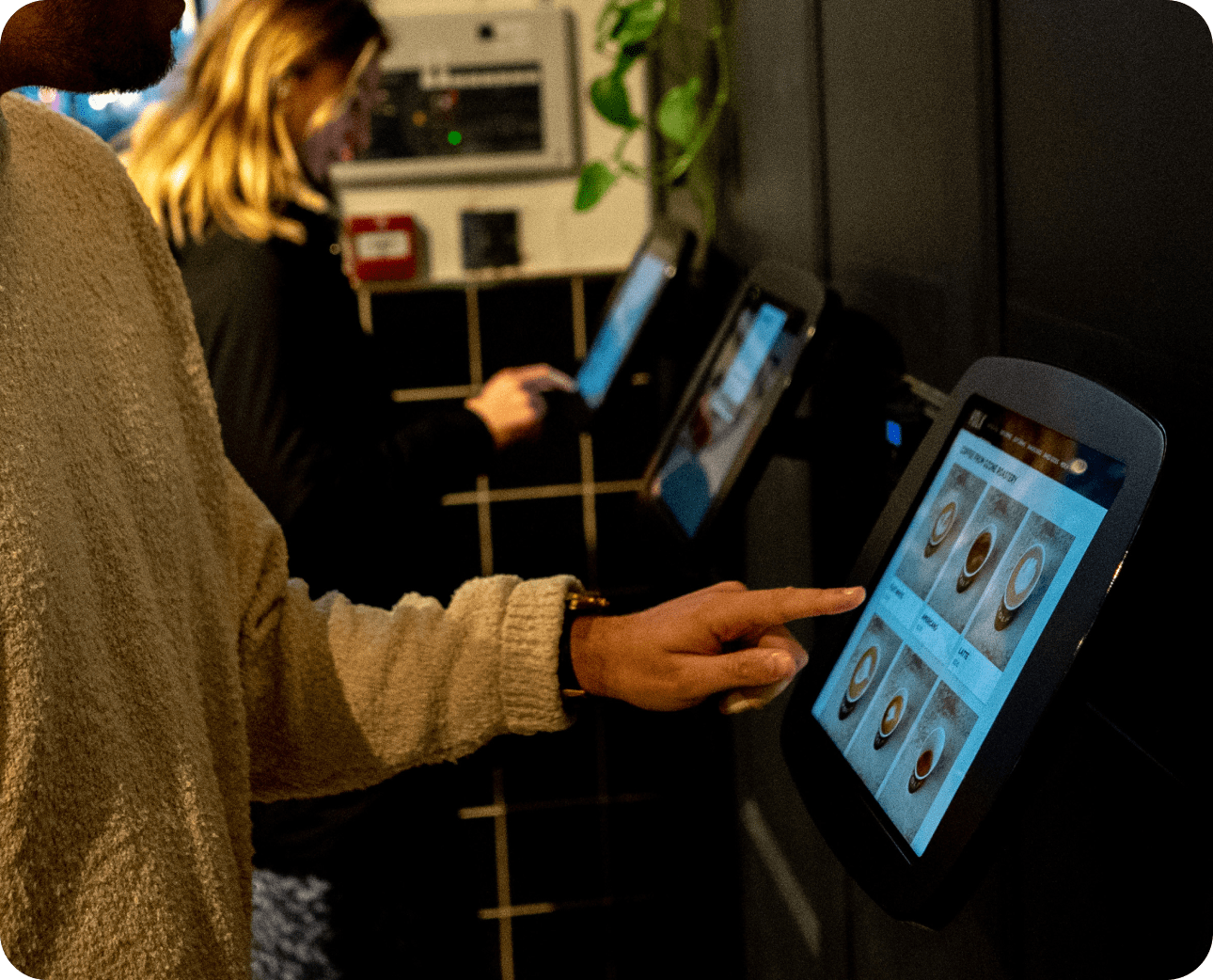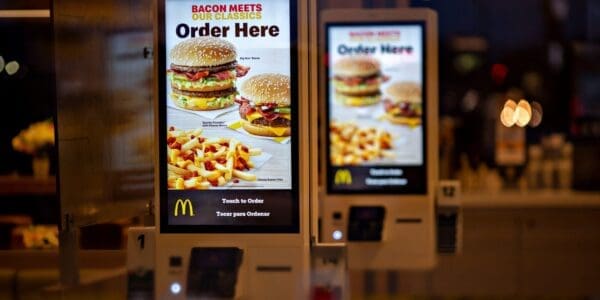2023 has been a more positive year for the QSR sector than we’ve seen since before the pandemic.
Despite the cost of living crisis affecting customer footfall, average spend has actually increased, and QSRs have enjoyed a unique position of strength in taking advantage of customers trading down from casual dining.
Now it’s time to look ahead to the trends we expect in 2024.
It’s important to note – though – that not all trends are created equal. And whilst 2023 was a step in the right direction, QSRs continue to go through a wide range of changes and challenges.
That’s why we’ve taken time to pull out a cross-section of the most important trends set to make a big difference over the next twelve months (and beyond), and will take a look at how you can improve the restaurant experience for your staff, operations and customers.
The top eight QSR trends to prepare for in 2024
1. Ensure your delivery channels work efficiently alongside the rest of your operation
The pandemic continues to affect QSRs in a variety of ways, and while significant, not all are negative. For example, in the US, Drive-Through services now account for more than two-thirds of QSR revenue, and despite a 12% drop since 2019, are retaining net positive sales.
With less of a drive-through culture in the UK, however, the trend is impacting businesses with increases in home delivery and takeaway demand.
This resilience is a testament to the channel’s strength and the opportunities it presents. For operators, the focus should be on streamlining order channels wherever possible. Make sure they don’t get in each other’s way during busy periods. If it’s getting complex to balance your different channels, this issue can usually be traced back to a fragmented tech stack.
Consolidation and efficiency are key areas to explore here, turning a potential challenge into a profitable solution.
There continues to be a significant rise in plant-based menu options, driven both by increasing guest demand and sustainability goals. Overall, the plant-based food market is expected to increase by almost USD12Bn in 2024.
The QSR industry is responding to the growing base of health-conscious and environmentally aware guests by innovating menus. By introducing plant-based versions of popular items and promoting the health and environmental benefits, QSRs can align with consumer values and preferences. Along with this, an efficient menu management solution will become more important than ever as quick market shifts put pressure on operators to alter menu options at pace.

Also worth noting is the sweeping health and wellness wave, particularly among younger demographics. The surge in demand for plant-based and healthier food options signifies a shift from niche market to mainstream necessity. QSRs can capitalise on this trend through technology that analyses customer data, personalised marketing efforts, and by developing innovative menu offerings for health-conscious consumers.
3. Get the technological edge by streamlining order management
By 2024, a significant segment of QSR operations is expected to be automated. The rise in popularity of self-service kiosks, digital ordering platforms, and AI-driven bots like burger-grilling machines has already revolutionised kitchen efficiency, labour costs, and customer experience.
The most valuable edge that technology can deliver to an operation in 2024, though, is a boost in efficiency. By streamlining order management operators can stop wasting time on the uphill struggle of a fragmented tech stack, and unblock profitability.
In 2023, it’s become more clear that operators are recognising spreading operations across multiple providers is holding them back from business goals.







